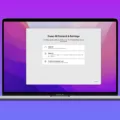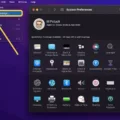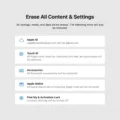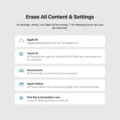Are you the proud owner of an M1 Mac? If so, you’re in luck! Apple’s new M1 Macs are incredibly powerful and efficient, offering incredible performance for everyday tasks. But before you can get the most out of your Mac, you’ll have to learn how to factory reset it. In this blog post, we’ll explain what a factory reset is and how to do it on an M1 Mac.
So, what is a factory reset? A factory reset is essentially a “clean slate” that restores your Mac to its original state. All of your settings and configurations are wiped clean so that everything is back to its original state when it came out of the box. This means that all of your user accounts, preferences, settings, etc., will be wiped clean and replaced with the default configuration.
Now that you know what a factory reset is and why it’s important to do one on your M1 Mac, let’s go over how to do it:
1. Shut down your Mac by clicking the Apple logo in the top left corner and selecting “Shut Down…”
2. Once your Mac has powered down completely, press the power button to turn it back on again.
3. When you see the Apple logo appear on the screen, press and hold the power button until you see several options appear (this may take up to 15 seconds).
4. Select “Disk Utility” from the list of options that appear on the screen.
5. Select the internal drive labeled “Macintosh HD” from the list of drives displayed in Disk Utility and click “Erase Volume Group…” if available or simply click “Erase…” if not available.
6. Follow any additional prompts that appear after selecting “Erase Volume Group…” or “Erase…”
7. Once complete, quit Disk Utility and select “Reinstall macOS Big Sur…” from the list of options that appeared earlier when pressing and holding down the power button (step 3)
8. Follow through with any additional prompts until macOS Big Sur has been successfully reinstalled on your M1 Mac!
And there you have it! You now know how to do a factory reset on an M1 Mac using macOS Big Sur! If you ever need to restore your machine back to its original state in order to resolve any issues or conflicts that may arise over time – this is how you do it! We hope our guide was helpful and informative for those wishing to learn more about factory resetting their M1 Macs!
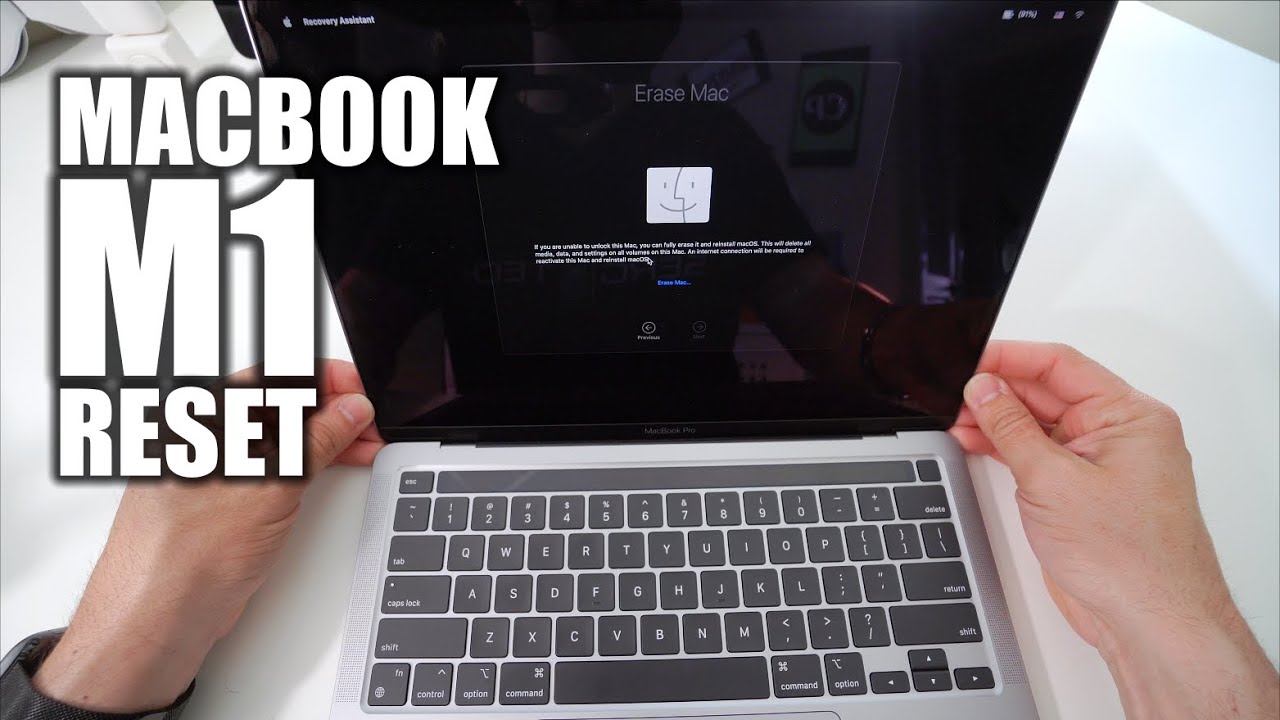
Factory Resetting a Mac with an M1 Chip
To factory reset your Mac M1 chip, you’ll need to use Disk Utility. First, open the utility window by clicking the Finder icon in the Dock and then selecting Applications > Utilities. In the utility window, click Disk Utility. Select the drive you want to erase, which is usually called “Macintosh HD” and is listed at the top of the list. Then click Erase above the menu. Make sure to keep the name “Macintosh HD” and select APFS as your structure. Finally, click Erase again if you don’t see an option for Erase Volume Group. Once you complete these steps, your Mac M1 chip will be reset back to its factory settings.
Factory Resetting M1 MacBook Air
To factory reset your M1 MacBook Air, start by shutting down your Mac. Once it has completely shut off, press the power button to turn it back on. When you see the Apple logo, press and hold the power button until the options menu appears. From there, click on “Disk Utility,” which will allow you to erase your disk. After erasing the disk, you will be able to reinstall macOS Big Sur. Finally, follow the onscreen instructions to complete the setup process and you will have successfully reset your M1 MacBook Air!
Reinstalling MacOS on an M1 Device
To reinstall macOS on an M1 Mac, the first step is to power off the computer. Once the Mac is off, press and hold the power button until you see “Loading startup options”. From here, choose Options and click Continue. If prompted, enter your password to proceed. Next, select Reinstall macOS and hit Continue. Follow the instructions on-screen to complete the reinstallation process for macOS.
Factory Resetting Macbook Pro M1 Without Password
To factory reset your Macbook Pro M1 without a password, you’ll first need to enter Recovery Mode. To do this, shut down your Macbook and then press and hold the power button until the startup options window appears. Then, select the option to “Start from macOS Utilities” and click the arrow beneath it.
Once in Recovery Mode, open Disk Utility or Reinstall macOS depending on what version of macOS you have installed on your Macbook. If using Disk Utility, select your startup disk from the list of available disks and then choose the Erase tab. Select Mac OS Extended (Journaled) as your format type, enter a name for your disk and then click Erase. This will erase all data on your Macbook Pro M1.
If using Reinstall macOS, select Reinstall macOS from the utility window in Recovery Mode. Follow the instructions to reinstall a fresh version of your current version of macOS onto your Macbook Pro M1 without any passwords or other information saved onto it.
Once you’ve completed either of these processes successfully, you can set up your Macbook Pro M1 again with a new password if desired.
Does a Mac Factory Reset Delete All Data?
Yes, a Mac factory reset will delete everything on your computer. This includes all of your personal files and data, as well as any applications or programs you have installed. The software on your Mac will be restored to the state it was in when you first turned it on, so any changes you have made since then will be erased.
Soft Resetting a Macbook Pro M1
To soft reset, your Macbook Pro M1, start by shutting down your device. Once it is powered off, turn it back on and immediately press and hold the Option, Command, P, and R keys together. Keep holding the keys for about 20 seconds, during which your Mac will appear to restart. When you have held the keys for the full amount of time, you can release them and your Mac will automatically reset itself. This process should help to resolve any issues with your device that require a software-level solution.

